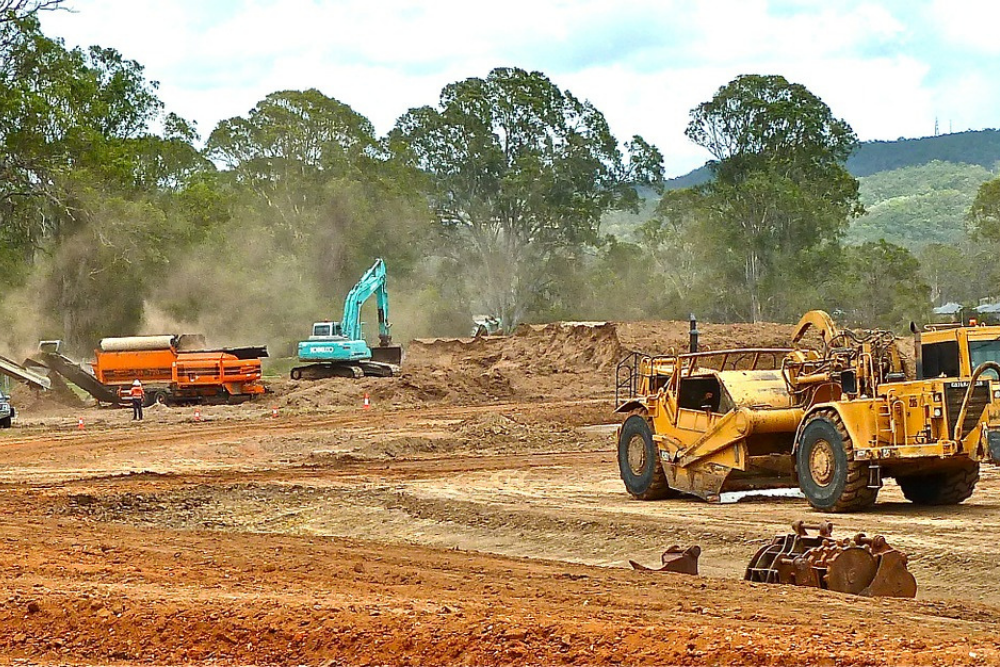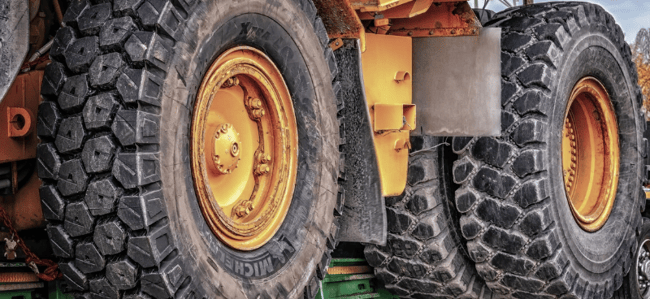The equipment fleet is the most crucial part of any construction business. One breakdown can cost you hundreds of thousands of dollars in losses per hour. But can a Smart Inspection Platform help reduce equipment downtime using predictive maintenance?
Why maintenance of construction equipment is important
Effective maintenance leads to better use of your fleet. It also improves the reliability of your equipment and increases the safety of your workplace.
Good maintenance can reduce downtime, which means you can do more work, increase productivity, and earn more revenue. In other words, timely maintenance lets you enjoy higher profits and helps you grow your business faster.
All in all, maintenance requires money, but bad maintenance requires a lot more.
Different ways to manage construction equipment:
Paper-based equipment management model
A maintenance study finds about 39% of businesses use paper records of maintenance reports. Even the smallest construction businesses are generally larger than an average business, which is why managing paper-based records can prove to be extremely expensive.
Paper manuals suffer from two problems. The first is that they don't scale. You need one manual per job site, and each site can have dozens of employees. That costs a lot of money.
The second problem is that paper notebooks are out of date the moment the ink dries. Managers are supposed to use paper notebooks to record all the data on safety, tools, training, materials, and procedures. But paper isn’t designed to support data capture or analytics. It is just a place to write down notes.
To manage construction equipment effectively, you need a central database. And that’s why the digital equipment management model exists.
Digital equipment management model
Digital databases hold all the data as well as support analytics. They record the work being performed and monitor how well your employees are keeping up with their tasks, making it easy for supervisors to track productivity.
A digital equipment management model lets you do all the paperwork automatically, automate sending messages to the right people, store everything electronically so that anyone can look up facts, or see the status of a project at any time.
In its truest sense, it reduces the hassles of running a business and makes your workplace significantly more organized.
The four types of maintenance
- Corrective maintenance
Corrective maintenance refers to identifying and replacing a broken part in a piece of equipment. It is mainly used to rectify an existing fault in the machine, therefore, the repair and replacement work can be costlier than other forms of maintenance. - Preventive maintenance
Preventive maintenance refers to fixing things before they break. Generally, the cost for preventive maintenance is less than the cost of fixing something that breaks, which is why 80% of businesses prefer preventive maintenance over others. - Risk-based maintenance
Risk-based maintenance is a partially efficient approach to equipment maintenance. It prioritizes maintenance of those pieces of equipment that pose the biggest liability to the company in case they fail. We call it partially efficient because it doesn’t factor in other equipment that may also need attention, and therefore, prevents companies from being fully prepared. - Condition-based maintenance
Condition-based maintenance is an approach that involves checking the condition of the equipment to determine whether or not it needs maintenance.
The logic is simple: you only spend on maintenance if you think your equipment needs repair work. But the biggest flaw in this approach is that if your equipment breaks down before inspection, you will end up spending a lot more money than anticipated.
Why is predictive maintenance so important?
Two reasons; it reduces the cost and complexity of maintenance, and it improves safety.
In construction, as in most time-sensitive businesses, you don't get time back when things break. So, there is a real economic motivation to maintain things. That's one reason why preventive maintenance is so popular.
If you can predict when a piece of equipment will fail, you can schedule maintenance in a way that minimizes the disruption to your operations. In fact, it has been proven that preventive maintenance helps you reduce equipment downtime by up to 50%. McKinsey’s report also finds that this type of maintenance can increase your equipment’s life by up to 40%.
I have heard about CMMS - what is a Smart Inspection Platform?
CMMS stands for Computerized Maintenance Management Software. As the name suggests, it is used to manage maintenance data like time, cost, equipment usage, etc.
A Smart Inspection Platform is a more versatile version of CMMS. It is a sophisticated, cost-effective, and easy to use system. Here’s why a Smart Inspection Platform is worth your investment.
Risk management inspections
AssetPool’s Smart Inspection Platform (SIP) is a cloud-based system. It helps you organize your documents and ensures that they are password protected at all times so that only authorized personnel can access them. Furthermore, the cloud network is hosted on multiple SSL-encrypted servers, which significantly reduces the chance of data breaches and other cyber threats.
Improved efficiencies
The primary purpose of using a SIP is that it reduces your equipment downtime by using preventive diagnosis. The system is automated to such an extent that it notifies engineers before a breakdown occurs so that you can tend to the problem, prevent cascading issues, and maintain efficiency in your operations. A SIP is also incredibly scalable, which allows you to grow your business without any barriers.
Reduced costs
Preventive maintenance is cheaper than other forms of maintenance. It costs you little money because you aren't fixing broken things, rather preventing your equipment from breaking down in the first place. Besides, the average cost of equipment downtime is $260,000 per hour. With preventive maintenance, you can actually avoid that loss and drastically improve your bottom line.
IoT is advanced technology and has no place in the construction industry
One of the many misconceptions about the Internet of Things is that it is way too advanced to be used in every sector - in this case, the construction industry. But the truth is that, although the term IoT covers a wide range of technologies, at its core, IoT is nothing more than networked automation. You can use an IoT-based Smart Inspection Platform to monitor your employee’s wearable technologies while they are on-site, track the progress of various projects simultaneously, and reduce equipment downtime.
Conclusion
Predictive maintenance is at its most basic level a process of using analytics to measure asset performance, define failure points, and determine whether or not your equipment requires maintenance. Undeniably, it offers massive value to your business that can be easily tracked in your bottom line.
The only trouble is finding the right centralized system that can complement your business goals. AssetPool’s Smart Inspection Platform has empowered countless construction businesses like yours to organize their data and prevent big equipment failures. To give it a try, book a demo today.



